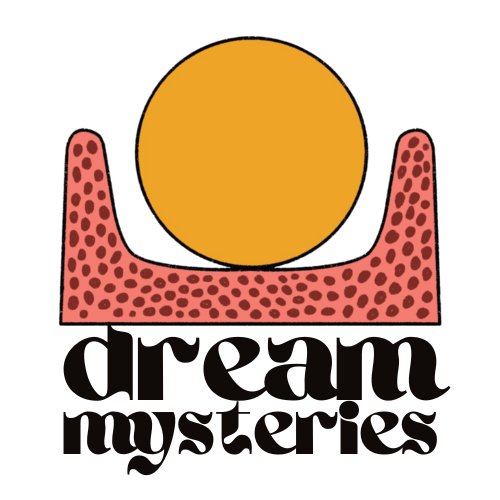Corona Dreams: Dream School, Part II
Dream Scene from Spellbound (1945) — dir. Alfred Hitchcock with set design by Salvador Dalí
In the realm of dreams, your thoughts and feelings about people and situations manifest into action and drama. The more connected you are to your true feelings about things, the easier it is to become aware of yourself in the dream state, to ‘remember’ who you are in the here and now. If you suppress a lot of your true nature, it will bubble up in your dream life.
If you are confused about issues in your life, or the world at large, you can have perplexing dreams in which you’ll attempt to work these things out and resolve them. These dreams can often be the most intense, visually stimulating, emotional and dramatic and in some instances people wake up feeling exhausted (this experience can also be an indicator of an underlying circadian rhythm disorder).
DREAM SCHOOL
I like to think of myself as a dream director, I did Film Studies at school and I always wanted to be a film director — simply because I wanted to project my dream fantasies into reality.
The same language we use to talk about directors and film-making works well with dreams. As a dreamer you have an oeuvre, you employ themes and recurring motifs, you have an aesthetic.
What are your driving themes? And where do they come from?
Let’s pretend we’re at film school and we’re learning about our dream films:
Write down your favourite dreams and analyse them as if you were a film critic picking apart a Hitchcock film like a meticulous crow.
Look back into your childhood, what were your favourite stories, books, films and TV shows. Can you see an echo of these influences in your dream style and aesthetic? As a child what stories resonated with you, and why do you think this was?
What was it like where you grew up? Can you see an outline of your old neighbourhood in your dream journeyings? What are the most important and significant elements that stand out?
Who are the characters in your dreams, do they represent archetypes? Are they on your side or against you? Are they aspects of yourself? What is the essence of their interventions? Do their names have extra meanings? Are they current or historical figures in your life?
Draw a scene or a map of a dream place or event. Is there a symbol that stands out, think about what meanings your dream symbols could have. I dream often of birds and reptiles, especially wading birds and lizards. Messages are often stored in the names of things or word play.
Writing down the things that present themselves to us in dreams can reveal extra layers of meaning. A person that we never think about in our waking life, can present themselves in a dream -because a clue in their name is actually the reason they are utilised by your subconscious.
Dreams are self-generating. As we think in the dream state, we create new content. Visual content manifests to match our thoughts. So the more familiar we become with our thought processes, the more likely we are to wake up in a dream and know ourselves.
Use the time before you go to sleep at night to prepare for your dream experiences, reflect on past dreams and key issues you’d like to resolve or develop. Dreaming is the perfect creative outlet, unbounded by time with no budget restrictions, develop it as a craft. Use it for magic.

